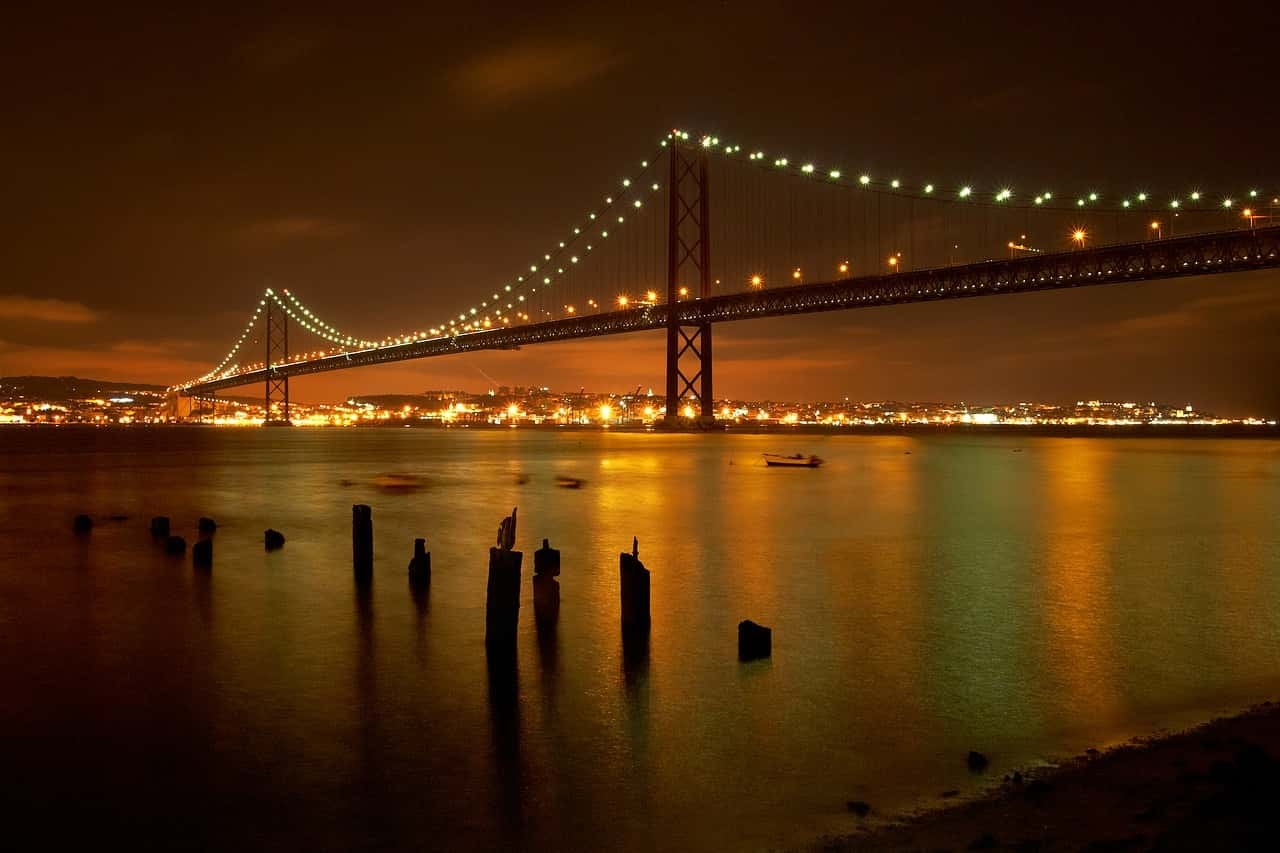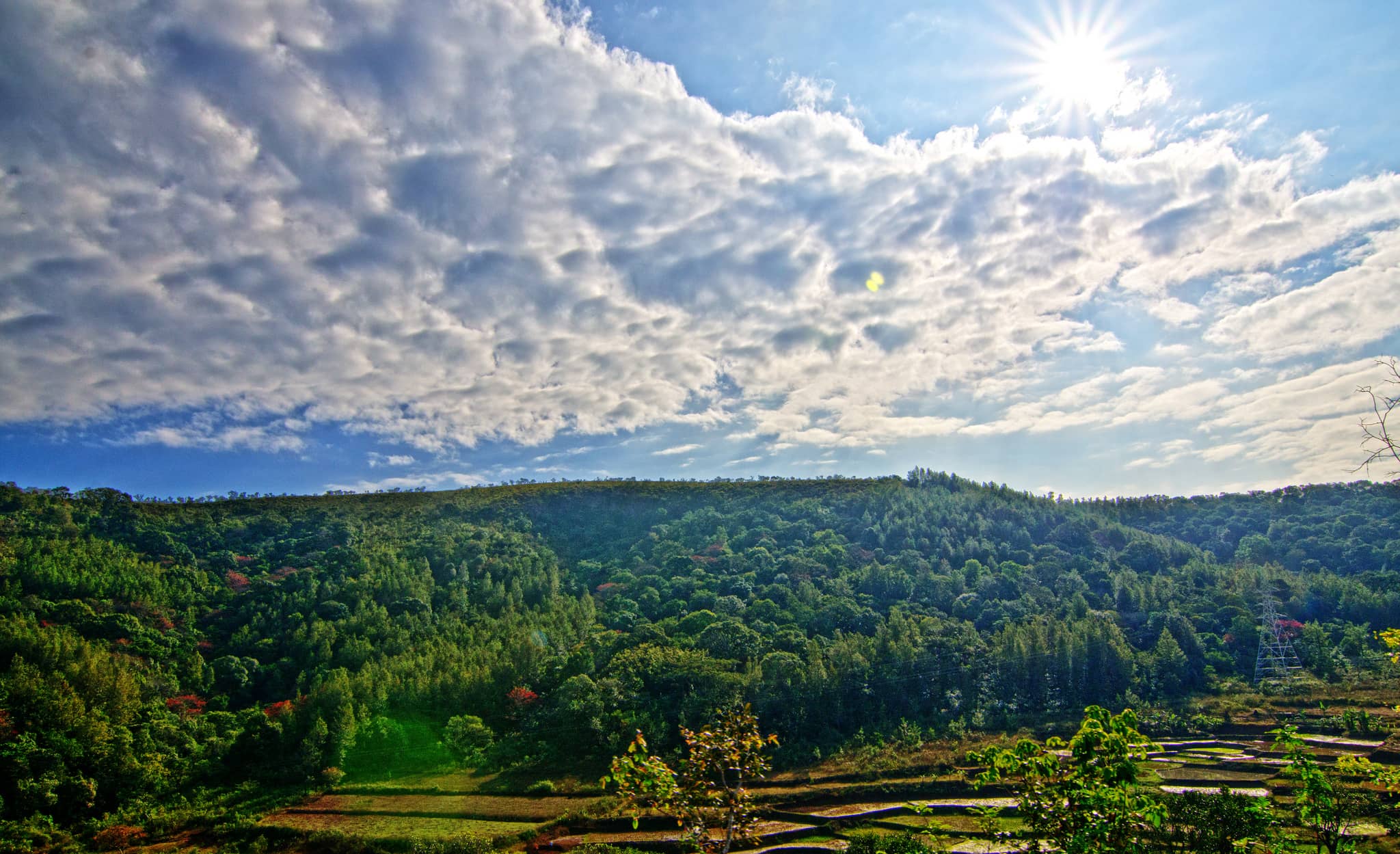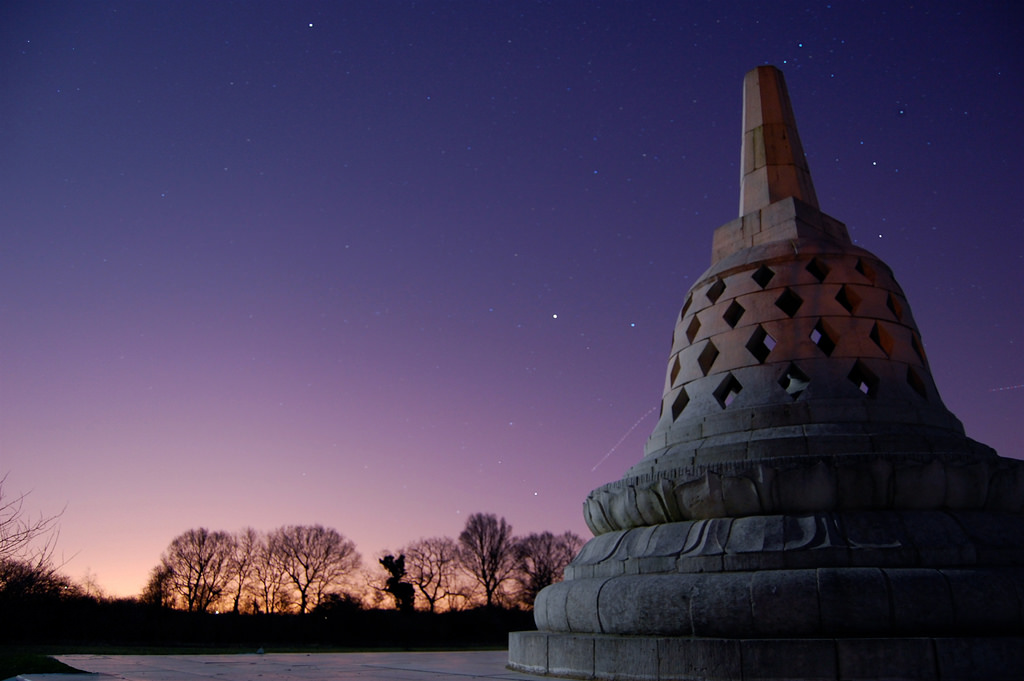Welcome to Lisbon, the magical capital of Portugal. This beautiful city on the Iberian Peninsula is full of life, color, and charm. Lisbon attracts visitors with its rich history, unique culture, and stunning sights. In this guide, we’ll explore what makes Lisbon so special. From its ancient roots to modern-day attractions, we’ll take a closer look at its past, landmarks, food, and more.
Lisbon is often called the “City of Seven Hills.” Its history stretches back thousands of years. Once home to Phoenicians and Romans, Lisbon has seen many important moments—including the great earthquake of 1755,
which helped shape the city into what it is today. Let’s discover the magic of Lisbon, one step at a time.
places to visit in Lisbon
Belém Tower
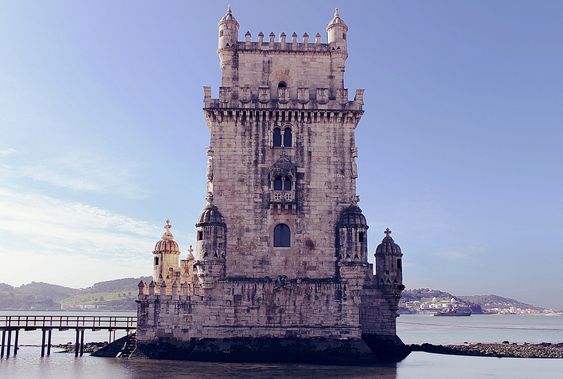
Belém Tower sits by the calm waters of the Tagus River in Lisbon.
Also called the Tower of St. Vincent, it has watched over Lisbon for centuries.
This historic fort once protected the city and welcomed ships from faraway lands.
Today, its detailed design and deep history make it a favorite spot for visitors.
São Jorge Castle
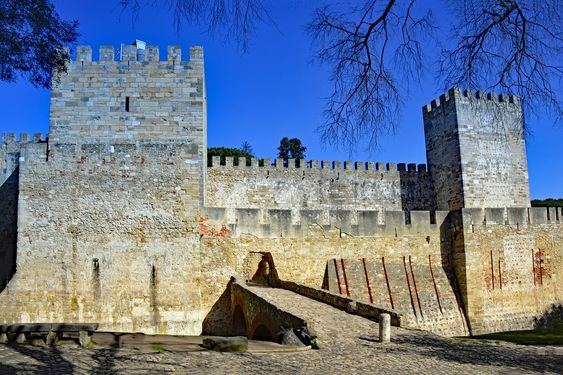
São Jorge Castle stands high on one of Lisbon’s hills, watching over the city.
Built by the Moors in the 6th century, it was once a strong fortress.
Its walls hold stories of battles and kings.
From the top, you can see stunning views of Lisbon and the river below.
It’s a must-see for anyone exploring the city’s roots.
Lisbon Oceanarium

The Lisbon Oceanarium is Europe’s biggest indoor aquarium.
Found in the modern Parque das Nações area, it looks like a ship floating on water.
Inside, you’ll find sea life from four different oceans.
It’s a fun and educational stop, perfect for families and ocean lovers.
Praça do Comércio

Praça do Comércio is one of Lisbon’s grandest squares.
Once the site of a royal palace, it now welcomes locals and tourists alike.
Beautiful buildings in soft colors surround the square.
At the center, a statue of King José I honors Portugal’s history.
It’s a great place to relax, take photos, or enjoy the riverside views.
National Azulejo Museum
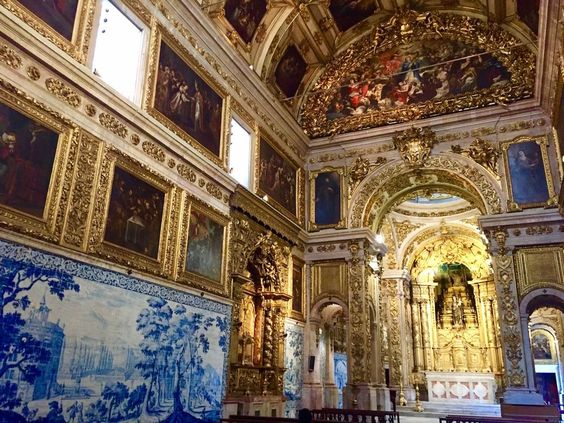
This museum celebrates Portugal’s famous painted tiles, called azulejos.
Here, you can see tile art from centuries ago to today.
The museum itself is in an old convent, adding charm to the visit.
It’s a great place to learn how these tiles became a part of Portuguese culture.
Carmo Convent
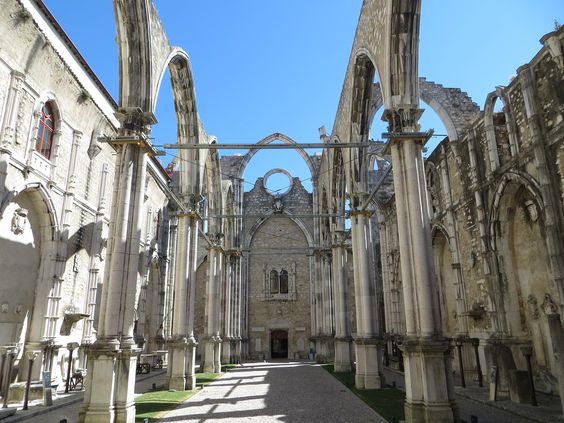
The Carmo Convent is a peaceful ruin in the heart of Lisbon.
It was built in 1389 by a Portuguese general named Nuno Álvares Pereira.
Though partly destroyed by the 1755 earthquake, its beauty still shines through.
Now, it’s a quiet place where history and architecture come together.
Palace of Queluz
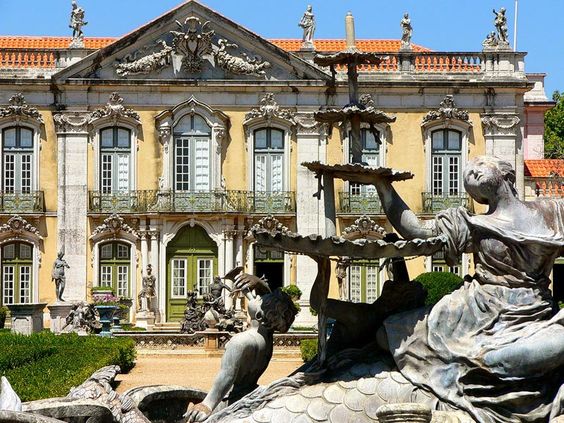
Just outside Lisbon, the Palace of Queluz is full of royal charm.
Once a summer home for the royal family, it’s now open to the public.
Its grand rooms and lovely gardens show the luxury of Portugal’s past.
Visitors can enjoy music, art, and a touch of royal history.
Calouste Gulbenkian Museum
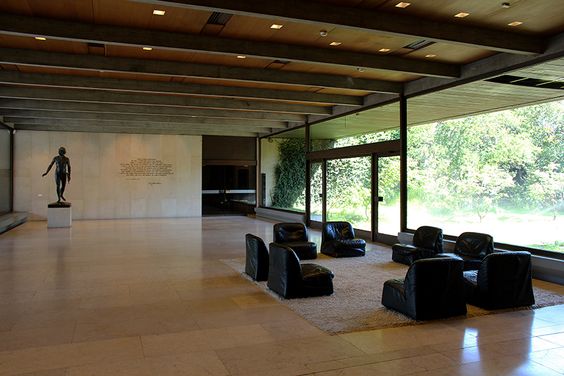
This museum is a treasure in the heart of Lisbon.
It holds a rich collection of art from all over the world.
From ancient pieces to modern works, every room offers something new.
It’s a calm place to explore beauty and creativity from many cultures.
National Coach Museum

The National Coach Museum is one of Lisbon’s most unique attractions.
Instead of paintings, it shows elegant royal carriages from long ago.
Queen Amélia founded it in 1905 to keep this part of history alive.
Each carriage tells a story about Portugal’s kings, queens, and traditions.
Cultural Centre of Belém
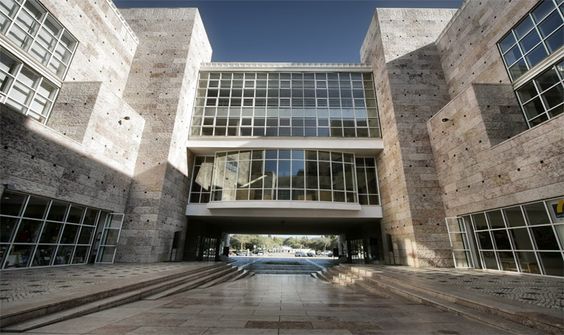
The Cultural Centre of Belém is a place where art and history come together.
It’s modern in style but filled with tradition.
Here, you can visit exhibitions, enjoy concerts, or just relax in the gardens.
It’s a great stop for those who love culture and creativity.
Best Time to Visit Lisbon
The best time to visit Lisbon depends on the weather you like and how busy you want the city to be.
Lisbon has hot, dry summers and mild, rainy winters.
Here’s what each season is like:
Spring (March to May)
Spring is one of the best times to visit Lisbon.
The weather is mild and pleasant.
Flowers bloom in the parks and gardens.
There are fewer tourists than in summer.
It’s perfect for walking and sightseeing.
Summer (June to August)
Summer is warm and sunny, with little rain.
It’s the busiest season for tourists.
Great time to enjoy the beaches nearby.
But expect bigger crowds and higher prices.
Book hotels and tickets early if visiting in summer.
Autumn (September to November)
Early autumn has nice weather and fewer tourists.
September is still warm enough to swim.
By October, the leaves start to change, especially in Sintra.
It’s a calm and colorful time to visit Lisbon.
Winter (December to February)
Winters are mild but can be rainy, especially in December and January.
There are fewer visitors, so prices are lower.
A good time to explore museums and historic sites.
Lisbon is quiet and peaceful during winter.
